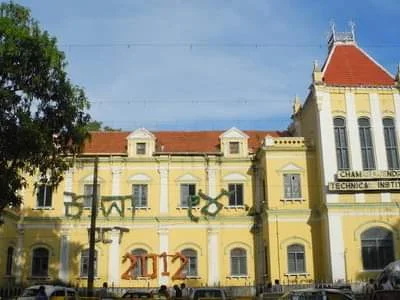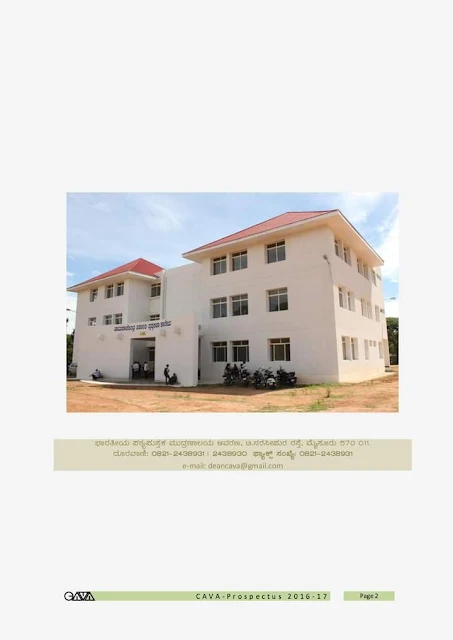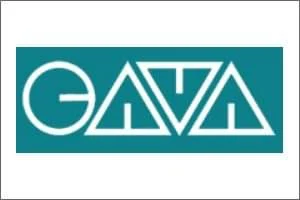The Chamarajendra Technical Institute, now rechristened as Chamarajendra Academy of Visual Arts (CAVA) was established by the Maharaja of Mysore Krishnaraja Wodeyar IV in 1906 AD
Chamarajendra Technical Institute (CTI) and Chamarajendra Academy of Visual Arts (CAVA)
Did you know that the Chamarajendra Technical Institute, now rechristened as Chamarajendra Academy of Visual Arts (CAVA) was established by the Maharaja of Mysore Krishnaraja Wodeyar IV in 1906 AD?
The Chamarajendra Academy of Visual Arts (CAVA) is a succssor institute to the Chamarajendra Technical Institute (CTI) which bears the onerous task of promoting tradtions of excellenece and manifestation of visual arts. While both tradtional and contemporary, CAVA was established in 1982 at Mysore by the Government of Karnataka on the basis of the recommendations of the Dr. Svetoslav Roerich Committee set up in 1976, the CTI came into existence in 1906 as the intiative of the Maharaja of Mysore Krishnaraja Wodeyar IV; the Roerich Committee took note of tradition of creativity and craftsmanship encouraged and nurtutred by the erstwhile Mysore state and the siginificant role played by the CTI.
The foundation stone of the building of CTI, dedicated to Maharaja Chamarajendra Wodeyar, was laid by George V of the United Kingdom. It was built at a cost of Rs. 2.5 lakhs, and completed in 1913. It is an elaborately composed structure, vast complex, which runs along the road , is considered to be one of the heritage buildings of Mysore, possessing neoclassical features. The precursor to CIT was the Industrial Training School that was started at Mysore in 1882 to train students in industrial production.
The Chamarajendra Technical Institute building complex is vast. It has a rectangular facade, which is composed of pedimented dormers and gables. The institute is close to the city's railway stationy, on Sayyaji Rao road, a busy road with several commercial establishments. It is considered to be one of the heritage buildings of Mysore, possessing neoclassical features. It shows the period architecture that evolved in Mysore under the patronage of the erstwhile Wodeyar dynasty. Today CTI houses not only the Chamarajendra Academy for Visual Arts (CAVA) but also the Mysore Central Library, Kitchen Stable in Mounted Horse Company, and is also colocated with the Cauvery Arts & Crafts Emporium, which is an all the year exhibition of local handicrafts available for purchase.
The Chamarajendra Academy of Visual Arts (CAVA) is affiliated to the University of Mysore, and offers five year courses in drawing, painting, sculpture, graphics, applied arts, photography and photo-journalism and art history. CAVA awards degrees in Bachelor of Fine Arts (BFA) and Master of Fine Arts (MFA).
CAVA, in its intial avatara as CTI, pioneered the unique art tradition on wood inlay which had started fading away by the start of the 20th century. In 1913, the art form had a revival when Alderson, the superintendent of the Chamarajendra Technical Institute, experimented with introducing ivory in wood inlay works. Later a noted sculptor and wood-carver, Parameshwara, introduced mythological and Persian motifs.
- Narasipur Char

























Comments
Post a Comment